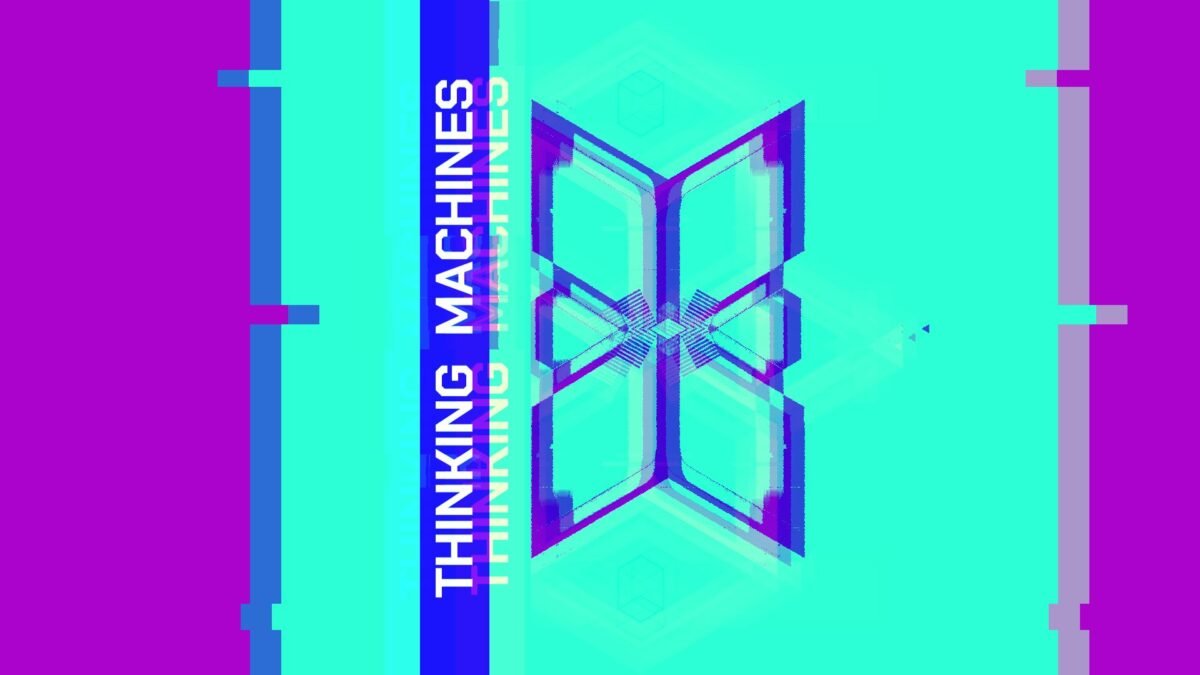
A critical question lingers on the horizon: What lies beyond the colossal language models that dominate today’s AI landscape? As tech giants like Google and OpenAI push the boundaries of innovation, a fundamental shift is underway—an acknowledgment that sheer size alone might not be the key to unlocking the true potential of AI.
The stage is set for a new chapter in AI research. It’s a chapter that seeks to transcend the limitations of scaling up existing models like GPT-4. The message is clear: to truly understand the world, AI must evolve beyond the confines of massive language models.
When Google unveiled Gemini, it wasn’t just announcing a new AI model. It was presenting a fundamentally different approach, a leap beyond the existing paradigms. So, what makes Gemini stand out? It’s not merely its label as Google’s latest and most advanced AI model. It’s the way Gemini transcends the limitations of its predecessors.
Demis Hassabis, the visionary behind Google’s Gemini, speaks of a different future. A future where AI systems comprehend the world in ways that current chatbots can only dream of achieving. Gemini heralds a departure from the norm—an AI model not bound solely to text but one that imbibes insights from a variety of sources: audio, video, and images. It’s a shift towards a more holistic understanding of our multi-dimensional reality.
Yet, while Gemini represents a significant leap forward, it raises fundamental questions about the limitations of existing models. These language models, despite their vast knowledge amassed from text data, often stumble when tasked with understanding the intricacies of the physical world. They suffer from inherent flaws—hallucinating information, flawed reasoning, and concerning security vulnerabilities.
The buzz surrounding Gemini’s unveiling isn’t solely about celebration; it’s about recognizing the need for change. Hassabis himself acknowledges that to break new ground, language models must collaborate with other AI techniques. It’s a call for a synergistic approach—an amalgamation of diverse AI methodologies to propel the field forward.
OpenAI, Google’s formidable counterpart, echoes this sentiment. The elusive project, Q*, shrouded in mystery, hints at a departure from the status quo. Sam Altman’s proclamation at MIT reverberates through the corridors of AI research—an end to the era of gigantic models, a clarion call for innovation beyond sheer size.
The trajectory of AI research now demands a paradigm shift. It necessitates steering away from the allure of colossal models towards ingenious methodologies that augment and enhance existing capabilities. It’s a recognition that while size matters, it’s not the sole determinant of intelligence or understanding.
The implications of this shift reverberate across industries and societies. It speaks of a future where AI isn’t just about generating copious amounts of text but about perceiving, comprehending, and interacting with the world in nuanced ways. It’s about AI that doesn’t just learn from human-written data but understands the essence of the world it seeks to interpret.
The quest for this evolved AI demands concerted efforts. It requires collaboration, not just competition, between tech giants and research institutions. It beckons researchers and innovators to explore uncharted territories, experiment with new approaches, and embrace the unknown.












